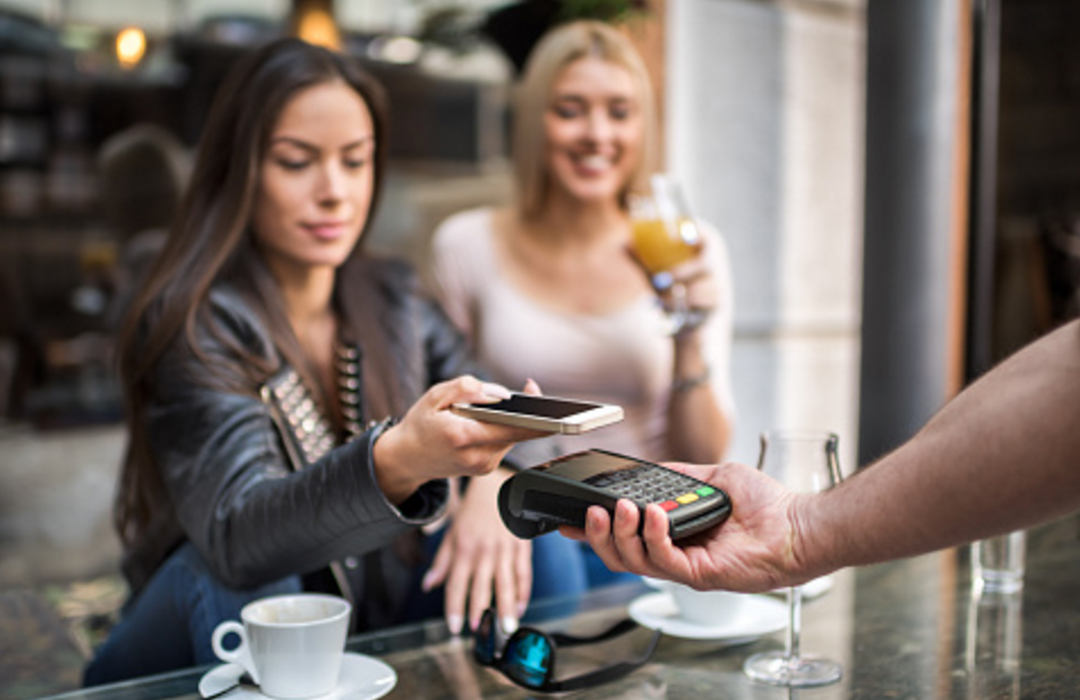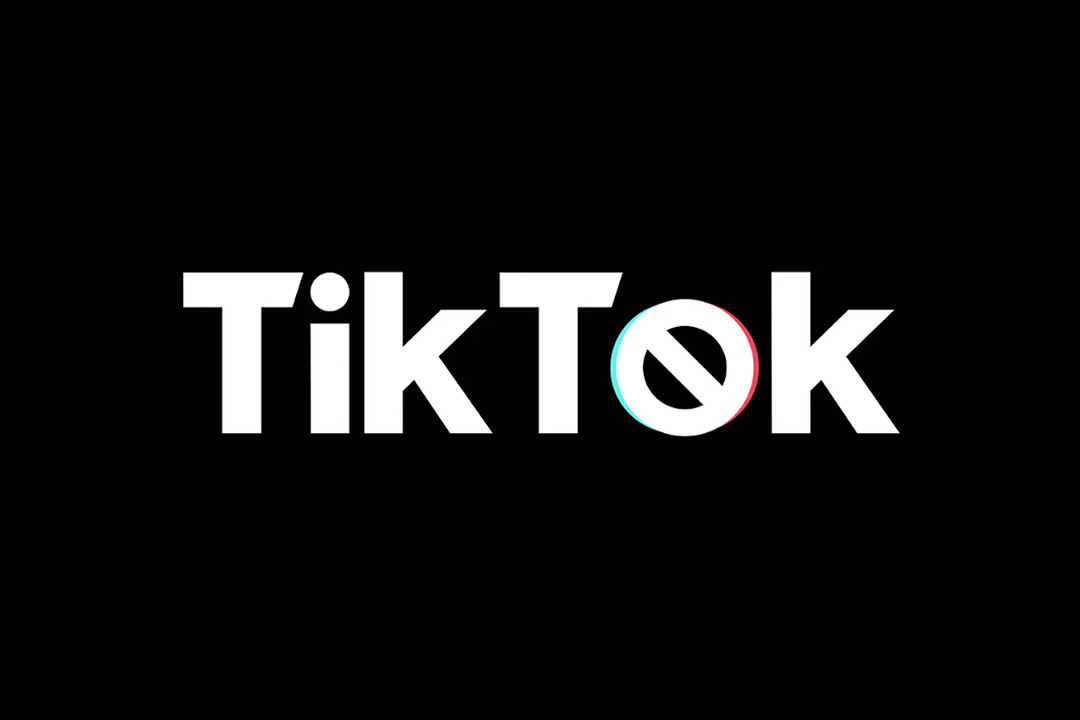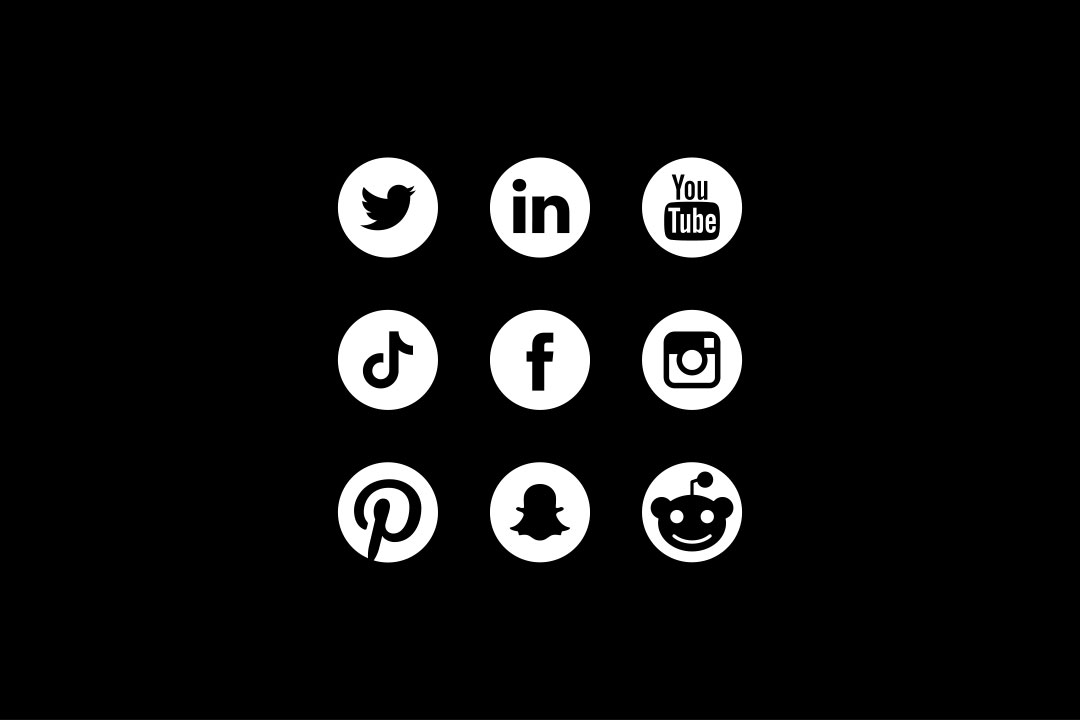There’s no doubt that technological innovations are developing at lightning speed. New apps and digital platforms are created daily—and they have the power to scale from a few hundred users to several hundred thousand users in what seems like overnight.
For QSR brands, staying ahead of this generative curve can be overwhelming, especially when we are only just beginning to understand how to leverage social media channels to gain insights and communicate with new audiences.
When considering how to structure your digital marketing strategies, here are a few market traits to keep in mind.
Millennials Make Mealtime Decisions Through Technology
How do you begin to understand the shopping habits of a generation that can’t make up its own mind? According to Ad Age, “Millennials need help from friends and family in making just about any decision, including which restaurant to eat at. They’ll use technology (social and mobile) to gather opinions.”A whopping 68% won’t make a major decision without running it by their network first.
What this means for QSR brands is that they need to get ahead of this decision-making process with a strong presence on apps such as Zomato/Urbanspoon, and Foursquare. Previously reserved for sit-down restaurants, these mobile apps are being utilized in new ways to make mealtime decisions. Managing reviews, maintaining up-to-date menu and promotional information, as well as digital advertising should be priorities on these applications.
Digital Ordering Has Leveled the Playing Field Between QSR and “Fast Casual”
QSR brands are no longer just competing within their category. Not only has the Fast Casual segment challenged the expectation for quality food fast, mobile applications such as Grub Hub and Seamless have made it possible for consumers to order their favorite meals from local sit-down restaurants for delivery. In a recent Forbes social experiment, these applications (along with four others) were tested for speed, price, and quality—their recorded results are an interesting insight into a growing new standard for QSR products and customer experience. See the full experiment here: “App Battle: Who Does Food Delivery Best?”
What this experiment truly demonstrates is that the battle for new customers is being fought and won in the mobile and social realms—and one critical way to keep a competitive edge is to get creative with your mobile coupons and strategic ad-serving.
Hooked is an expanding food and beverage discount app that offers real-time specials from participating restaurants within walking distance to university campuses. It creates a newsfeed of mobile coupons that college students can browse, order, and redeem in-store.
Study Break is also another great app for QSR brands to claim their competitive advantage with mobile-centric Millennials. Study Break is a way for college students to manage their class and study schedules, while also sharing their calendars with friends. The app will automatically build in “study breaks” and shows when you have an overlapping study break with a friend in your network. An automatic notification will remind to take a “study break”, and local restaurants can serve ads to suggest that the study break be used to try their new premium product, or redeem a coupon.
College campuses seem to be the main testing ground for mobile application development, which is a great way for brands to test their marketing content, LTOs, and value propositions with millennial, mobile-focused audiences before running nationally, while also driving sales in local markets.
Brand Mobile Technology Is a “Must” for QSR
Overall, integrating mobile and social platforms into your overall marketing plan is a “must” in this ever-changing competitive landscape. Not only do QSR brands want to react with quickness and agility when new digital technologies catch fire, but they also want to make sure that they are building their marketing arsenals with communication and brand standards that align their traditional messaging with new mobile and social platforms. As new insights arise from your digital channels, this data should be analyzed as an important component of your brand health.
Sources:
Ad Age
QSR Magazine
The Odyssey Online
Spoon University
Four Square




